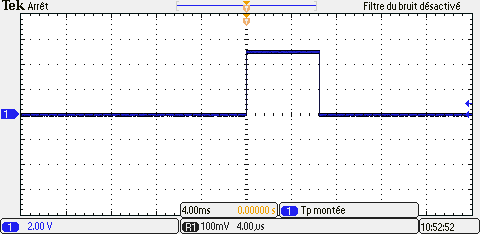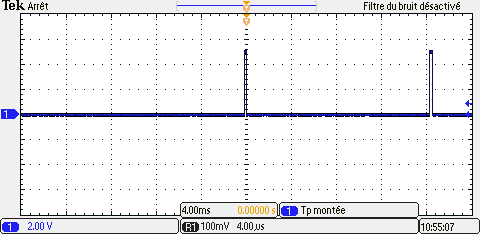Other Parts Discussed in Thread: BQ76PL455EVM,
Hi,
I'm trying to play with the bq76PL455EVM but I'm not enable to connect the GUI with the EVM. I'm always getting the "Unable to open COM port" error.
I'm using the TTL-232R-5V cable, like mentionned in the datasheet.
The only connector connected to the EVM is J3 (serial), all the other connectors are disconnected.
It doesn't seems required in the datasheet to add cells array to J1 to make the EVM works.
I tried every possible combination with SW2. What I understood is if I'm a using only one EVM with the GUI, I need to have my board configured in single ended mode.
What I already tried:
- Re-install/Uninstall multiple times the FTDI drivers (VCP + D2XX)
- Everything mentionned in that ticket https://e2e.ti.com/support/power_management/f/196/t/709280?tisearch=e2e-sitesearch&keymatch=bq76PL455A
- Cleaning/Uninstall/Re-install/Active/Desactivate all my COM ports
- Try on Windows 10
- Try on Windows 7
Here is my device manager setup, sorry it's in french:
Here is the configuration of the port (9600 baud rate):
Note that my USB Serial Converter has VCP enable.
Is there a way I can know if the PCB is the problem and not my computer or cable?
Do you have any tips that could help me figure out the problem?
Thanks,
Elio







